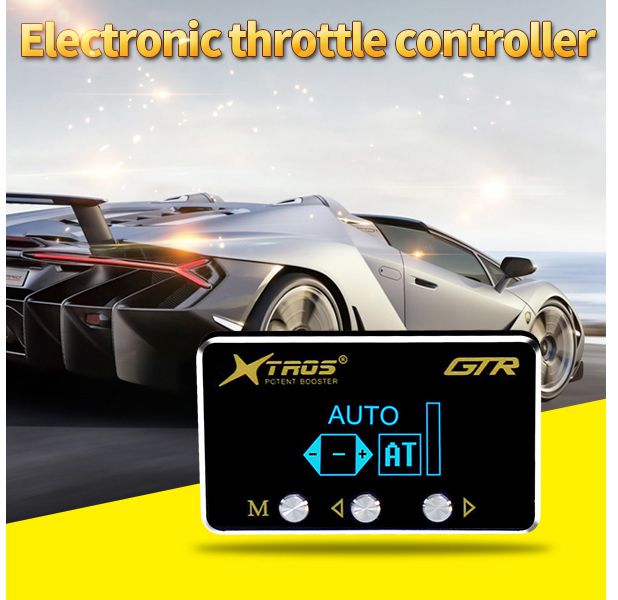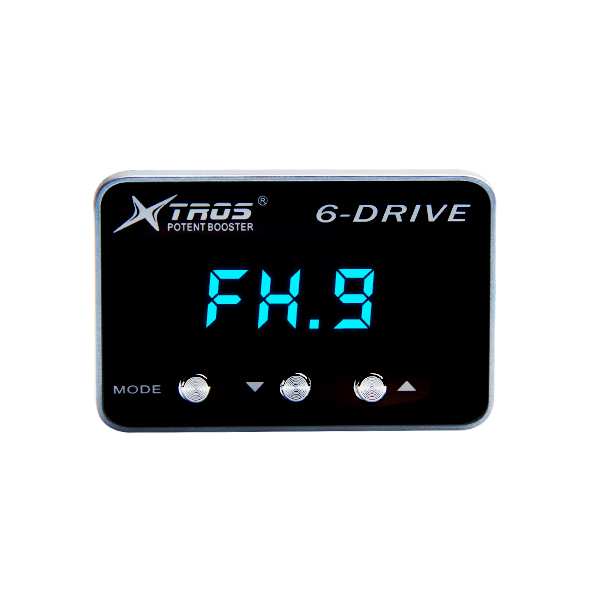
Electronic Throttle controls eliminate cable between gas pedal and throttle bodies. We highlight controller that can adjust throttle application for better drive ability.
Electronic throttle controls eliminate the conventional “mechanical’ cable that’s attached to your gas pedal at one end, and your throttle body assembly at the other. What’s a throttle body assembly? Mounted under the hood between the air cleaner and the intake manifold, a throttle body assembly controls airflow into the engine via a butterfly value, or plate, that opens and closes based on accelerator pedal position. On older vehicles with cable setups, the cable literally pulls throttle plate open when your foot presses down on the pedal.
On modern vehicles with drive by wire setups, the cable is replaced by an electronically controlled system using advanced electromechanical actuators, sensors chips and highly accurate potentiometers. So there’s no cable attached to the accelerator pedal any more-just an electronic sensor that determines how far down the pedal is being pressed.
The throttle (gas pedal) position sensor relays this information to the vehicle’s main computer, the electronic control unit(ECU). The ECU takes that information and commands a small electric motor to open or close the throttle plate. At the same time, the ECU increase injector pulse width to boost fuel flow accordingly.
Standard settings for drive by wire systems tend to result in throttle response time that’s actually slower than old-school cable setups. But what is throttle responsiveness? More specifically, it’s a measure of how fast an internal combustion engine can raise it’s power output from a low RPM to a higher, more powerful RPM in response to a drive’s input on the gas pedal. While quicker response is often associated with higher power, true “throttle response” is merely a measurement of the time required for a change in power output.
On modern Vehicles that are under competitive pressure to yield high fuel economy ratings, throttle responsiveness is deliberately programmed to be more gradual (“Sluggish”) in order to save us from ourselves. Truth be told, this trick dose help mileage-but it also creates throttle response that feels as if Novocain has been injected into the entire system.
As enthusiasts, we appreciate the need for speed and we enjoy the thrill of pushing our cars to newer limits. Slower throttle response only serves to increase the time it takes to reach your vehicle’s maximum power level. To address this issue, we offer throttle controllers that bypass and override the factory electronic throttle control settings and eliminate noticeable time delays.
Throttle controllers takes information directly from the accelerator pedal position sensor, “advance” the numbers in a high-speed controller circuit, then send the new-and-improved signal to your vehicle’s ECU-bypassing checks that may cause confusion or errors when a final signal is sent to open the throttle plate. But since throttle controllers are linked in to your vehicle’s ECU, they can also take the opportunity to make useful revisions to air/fuel mixture and ignition timing to increase actual horsepower and torque in addition to speed of responsiveness.(www.potentbooster.net)


